18 Hit TV Shows That Were Turned Down First
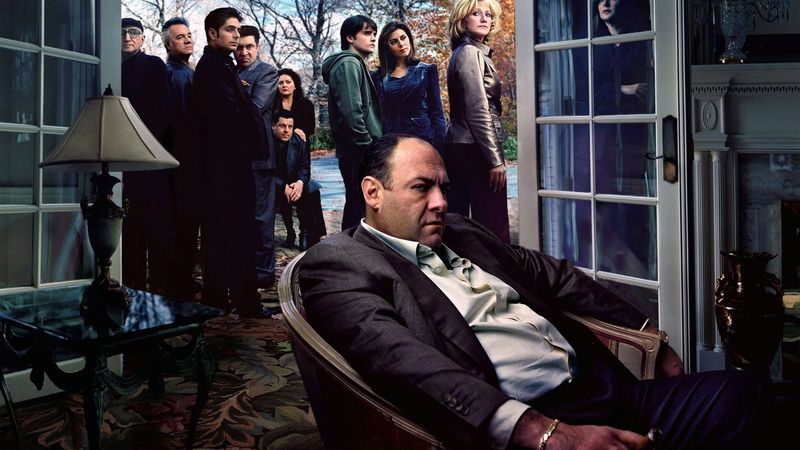
Some of the biggest shows on television almost never made it to your screen. Networks passed on them, executives doubted them, and critics thought they’d flop. But these rejected series went on to become massive hits that changed TV forever. Here are stories of shows that proved the doubters wrong.
Breaking Bad
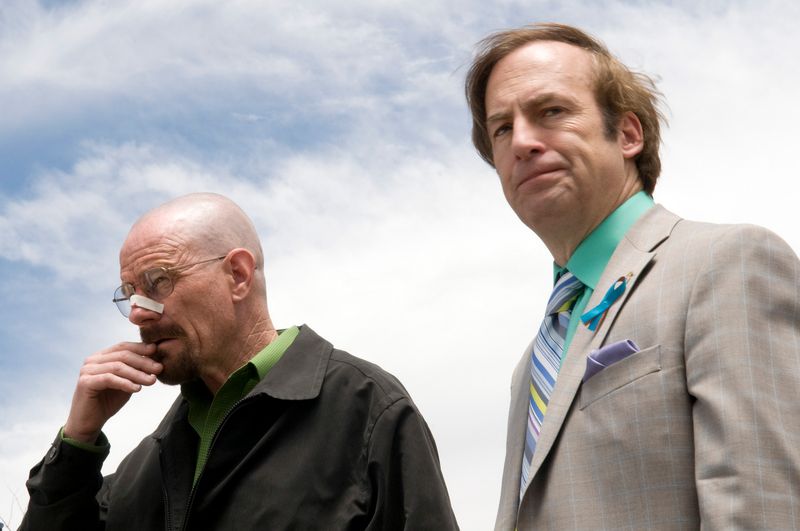
HBO, FX, and Showtime all turned down this now-legendary drama. Executives worried that audiences wouldn’t tune in to watch a chemistry teacher cook methamphetamine. The premise felt too grim, too dark, and too risky for their networks.
AMC decided to take the gamble that others wouldn’t. The show became a cultural phenomenon that redefined prestige television. Walter White’s transformation from mild-mannered teacher to drug kingpin captivated millions.
Critics hailed it as one of the greatest TV series ever created. The show won countless Emmy Awards and launched Bryan Cranston into superstardom. Those networks that passed must have kicked themselves watching its incredible success unfold.
The Big Bang Theory
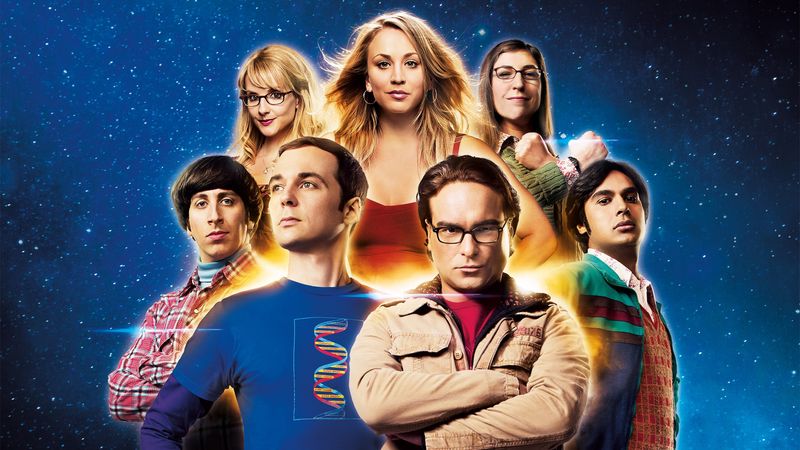
Even CBS, the network that eventually aired it, initially rejected this sitcom. The original pilot tested poorly with focus groups who found the characters unlikable. Network executives weren’t convinced the show had mainstream appeal.
Producers went back and reworked the entire concept. They softened the characters, added Penny as a relatable anchor, and tweaked the humor. The second attempt clicked with audiences in a massive way.
For twelve seasons, this show dominated Thursday nights and became a global sensation. It made geek culture mainstream and turned its cast into household names. The show earned billions in syndication deals and merchandising, proving that nerdy can be incredibly profitable.
Friends
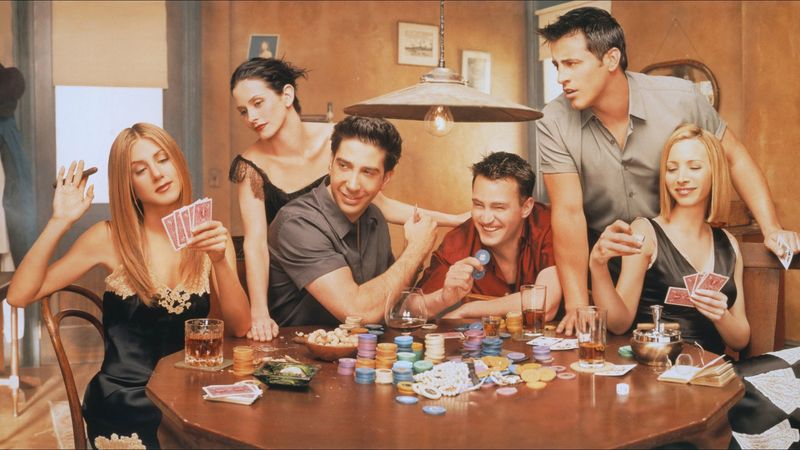
NBC executives seriously doubted whether a show about six twentysomethings hanging out would work. They questioned if audiences would care about characters who just talked and drank coffee. The concept seemed too simple, too ordinary, too risky for primetime.
Thankfully, someone at the network saw the potential in these relatable characters. The show launched in 1994 and immediately connected with viewers worldwide. Ross, Rachel, Monica, Chandler, Joey, and Phoebe became like family to millions.
Friends ran for ten wildly successful seasons and remains incredibly popular today. Streaming services pay enormous sums for the rights to air it. The show defined ’90s culture and continues influencing sitcoms decades later.
Game of Thrones
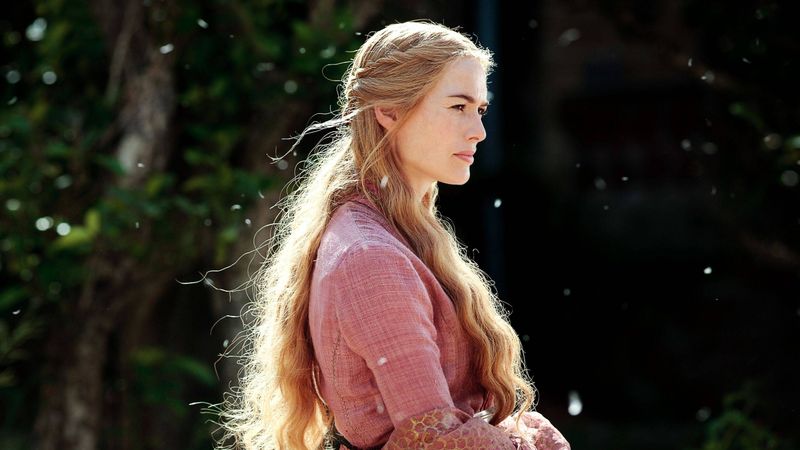
HBO greenlit this fantasy epic, but the first pilot was considered an absolute disaster. Test audiences were confused by the characters, lost in the plot, and unimpressed by the production. Network executives seriously considered scrapping the entire project.
The creators convinced HBO to let them reshoot and recast key roles. They tightened the storytelling and improved the production values significantly. The gamble paid off beyond anyone’s wildest imagination.
Game of Thrones became the most-watched show in HBO history. It dominated pop culture conversations for nearly a decade and won a record-breaking number of Emmy Awards. Despite its controversial ending, the show’s impact on television remains undeniable.
Stranger Things
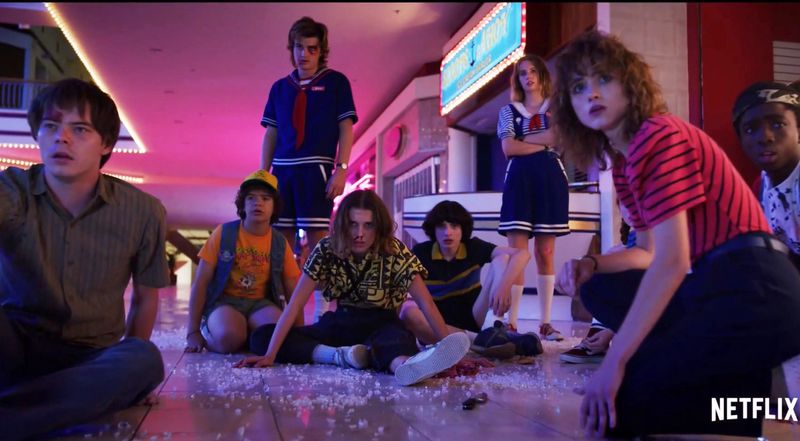
More than fifteen networks rejected this nostalgic sci-fi series before Netflix said yes. Executives thought it was too weird, too risky, and too focused on child actors. They couldn’t imagine audiences caring about kids fighting monsters in small-town Indiana.
Netflix saw something special in the Duffer Brothers’ vision. They gave the creators freedom to craft their retro horror story exactly as imagined. The result was an instant cultural phenomenon that launched in 2016.
Stranger Things became one of Netflix’s biggest hits ever. The show revived ’80s nostalgia, made stars of its young cast, and spawned endless merchandise. Those fifteen networks that passed probably regret that decision every single day.
The Walking Dead
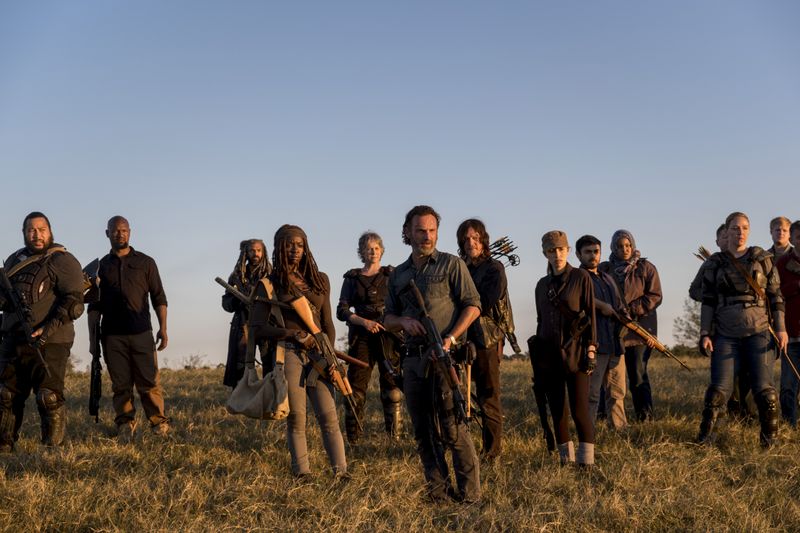
NBC and HBO both passed on this zombie apocalypse drama. They found it too violent, too grim, and too focused on horror elements. Networks worried that mainstream audiences wouldn’t embrace such a dark, graphic series about the undead.
AMC took a chance on the comic book adaptation in 2010. The network had recently found success with Mad Men and Breaking Bad, so they were willing to experiment. The Walking Dead exceeded all expectations from its very first episode.
It became the most-watched cable series in television history. The show spawned multiple spin-offs and ran for eleven seasons. It proved that audiences were hungry for horror on television.
Squid Game
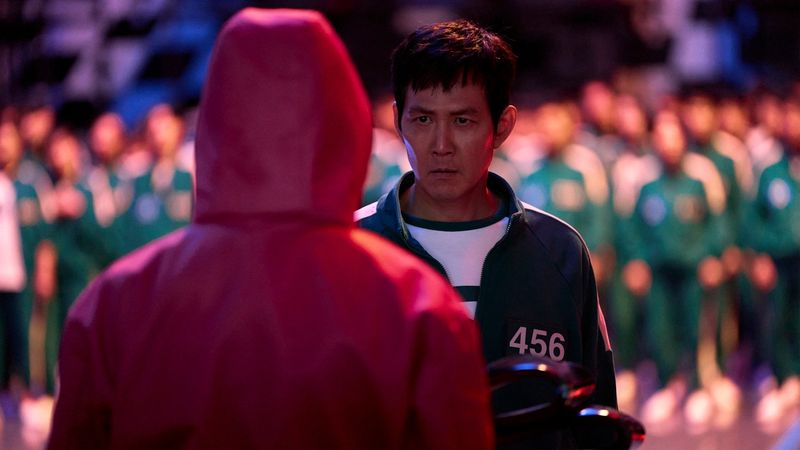
Creator Hwang Dong-hyuk first conceived Squid Game in 2008, but every major Korean studio turned it down. Executives called it too violent, too strange, and too unrealistic to ever attract viewers.
The story — a brutal survival competition disguised as childhood games where desperate contestants fight to the death for a huge cash prize — was considered far too dark for television. For over a decade, Hwang shelved the idea while struggling financially himself.
When Netflix began investing heavily in bold Korean originals, the project was finally approved in 2019. Squid Game premiered in 2021 and became an instant global sensation, shattering streaming records and proving that audiences were ready for daring, socially charged storytelling from around the world.
Mad Men
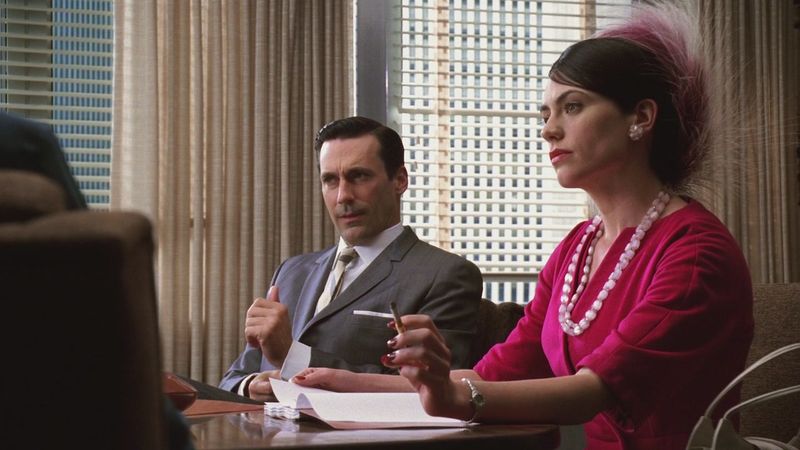
HBO, Showtime, and FX all rejected this stylish period drama. Networks believed that shows set in the past couldn’t attract modern audiences or advertisers. They saw period pieces as expensive gambles with limited commercial potential.
AMC disagreed and took a chance on creator Matthew Weiner’s vision. The show about 1960s advertising executives premiered in 2007 to critical acclaim. Its meticulous attention to period detail and complex characters captivated viewers.
Mad Men won sixteen Emmy Awards and redefined prestige television. It made Jon Hamm a star and influenced fashion trends worldwide. The show proved that audiences craved sophisticated storytelling set in bygone eras.
Buffy the Vampire Slayer
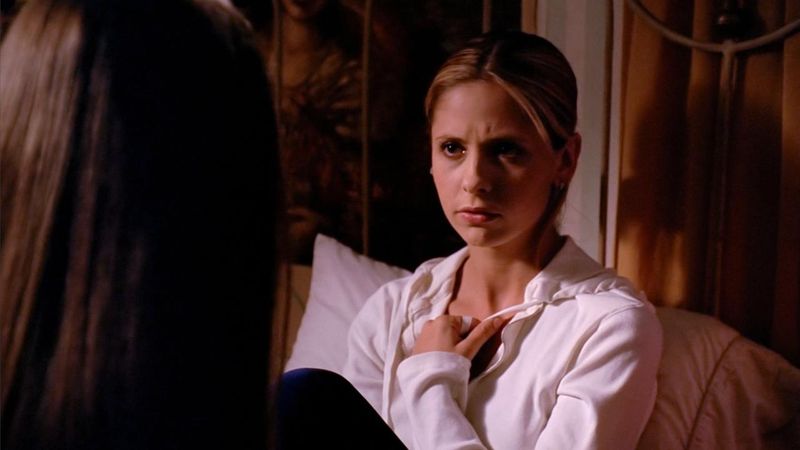
The 1992 movie bombed, scaring away multiple studios from the TV adaptation. Networks couldn’t see past the cheesy film to the potential beneath. They dismissed the concept as a silly horror show that wouldn’t attract serious viewers.
The WB, a fledgling network desperate for content, took a chance. Creator Joss Whedon got to reimagine his vision properly this time. Buffy became a cult phenomenon that mixed horror, humor, and genuine emotional depth.
The show ran for seven seasons and became a feminist icon. It launched Sarah Michelle Gellar to stardom and influenced countless supernatural shows. Buffy proved that genre television could be smart, sophisticated, and culturally significant.
Parks and Recreation
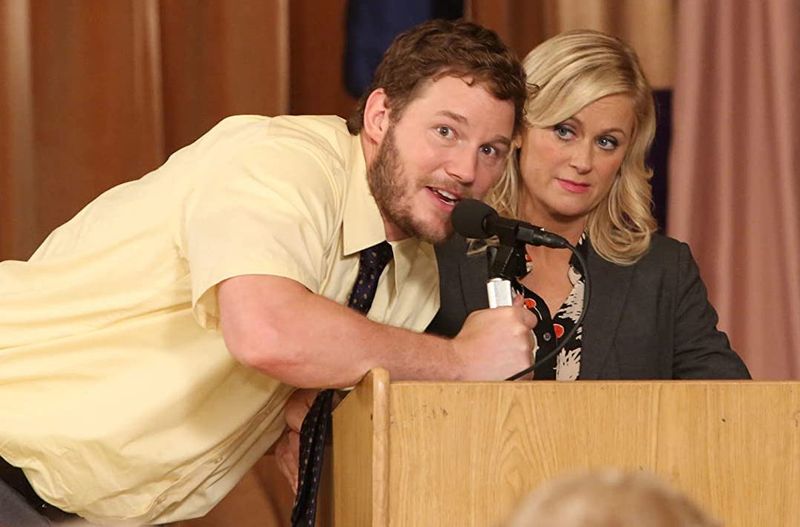
NBC initially wanted a carbon copy of The Office set in a government building. Early concepts were rejected for being too similar or not similar enough. The network struggled to figure out what they actually wanted from this show.
Creators eventually found the perfect tone by making it more optimistic and heartfelt. Amy Poehler’s Leslie Knope became an endearing character who genuinely loved her job. The show celebrated public service instead of just mocking it.
Parks and Recreation ran for seven beloved seasons. It created one of television’s most likable ensemble casts. The show’s positive spirit and memorable characters continue winning new fans through streaming platforms.
Family Guy
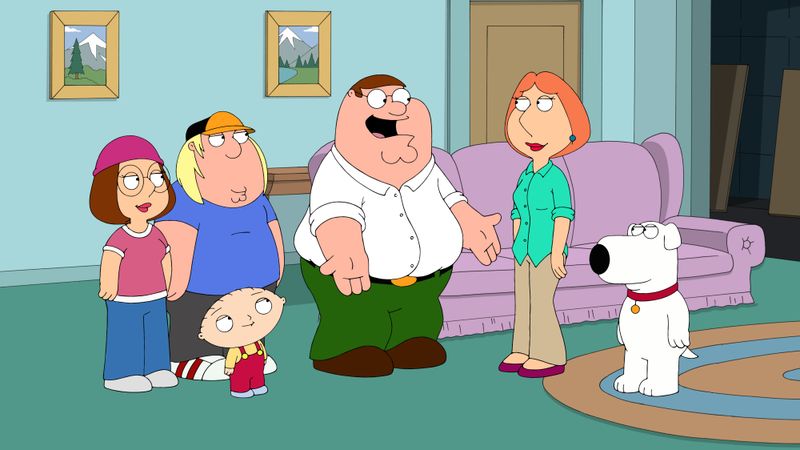
FOX canceled this animated sitcom after just two seasons due to poor ratings. Network executives didn’t believe the show had a future worth investing in. The crude humor and random cutaway gags seemed too niche for mainstream success.
Something unexpected happened after cancellation—DVD sales exploded. Fans discovered the show and demanded its return through letter-writing campaigns. FOX eventually brought it back in 2005, making television history.
Family Guy has now aired for over twenty seasons and counting. It became one of FOX’s most profitable shows through syndication and merchandise. The show’s resurrection proved that fan passion could literally bring canceled shows back from the dead.
The Marvelous Mrs. Maisel
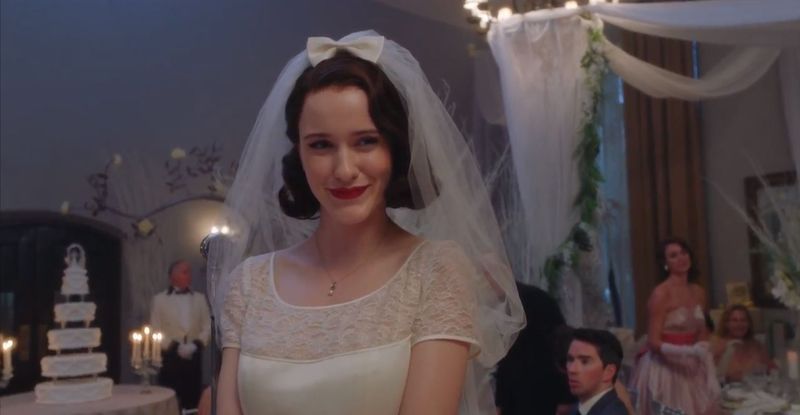
Major networks rejected this period comedy before Amazon Studios picked it up. Traditional broadcasters thought a show about a 1950s female comedian was too niche. They couldn’t envision audiences connecting with such a specific historical setting and premise.
Amazon saw the potential in creator Amy Sherman-Palladino’s vision. The streaming service gave her the budget to create a lavish, visually stunning show. The Marvelous Mrs. Maisel premiered in 2017 to instant critical acclaim.
The show won multiple Emmy Awards including Outstanding Comedy Series. Rachel Brosnahan became a star as the titular character Midge Maisel. It proved that period pieces could thrive on streaming platforms where traditional networks feared to tread.
Cheers
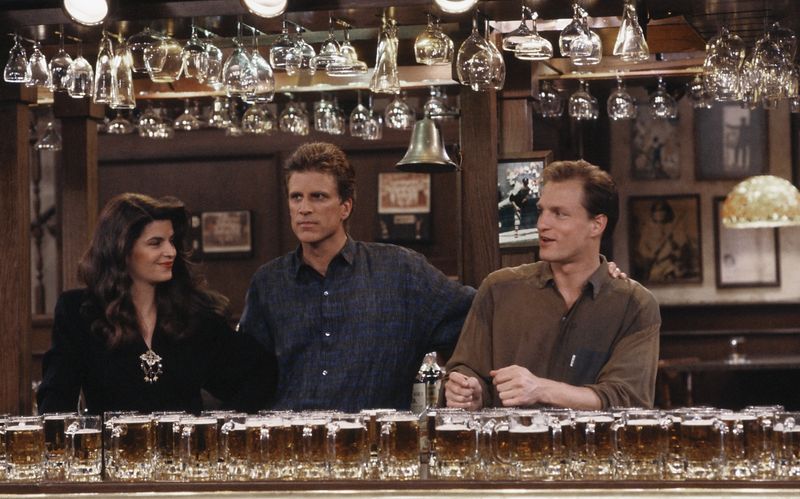
NBC executives initially hesitated to greenlight a sitcom set entirely in a Boston bar. They worried that the limited setting would bore audiences quickly. Shows confined to one location were considered risky and potentially repetitive.
The network finally took a chance, and Cheers struggled in its first season. Patient executives gave it time to find an audience, and viewers eventually fell in love. The bar where everybody knows your name became television’s favorite hangout spot.
Cheers ran for eleven triumphant seasons and won twenty-eight Emmy Awards. It launched the equally successful spin-off Frasier. The show proved that great writing and characters matter more than elaborate settings.
Arrested Development
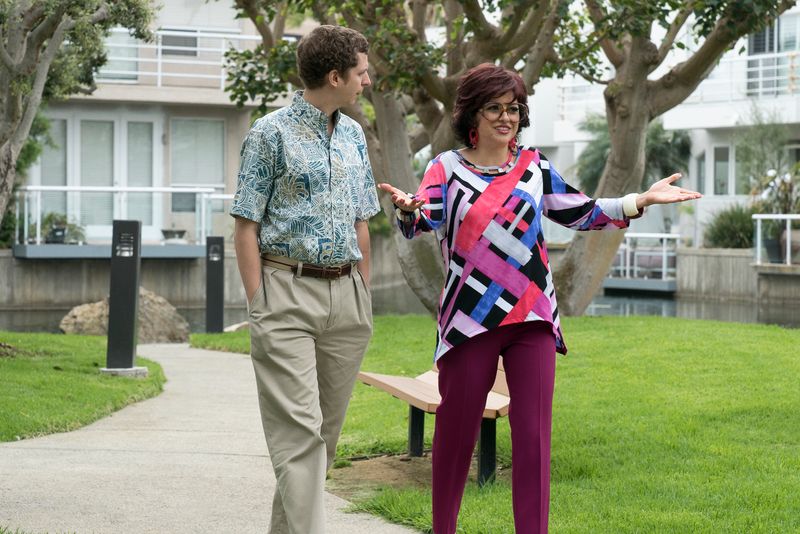
Multiple networks rejected this comedy for being too clever and too complicated. Executives worried that audiences wouldn’t follow the intricate running gags and layered storytelling. The show’s unique narrative style seemed too risky for mainstream television.
FOX took a chance but never quite knew how to market it. Despite critical acclaim and devoted fans, ratings remained modest. The network canceled it after three seasons, disappointing comedy lovers everywhere.
Years later, Netflix revived the show, introducing it to new audiences. Arrested Development became a cult classic that influenced countless comedies. Its dense, rewatchable humor proved that smart comedy could find success even if it takes time.
It’s Always Sunny in Philadelphia
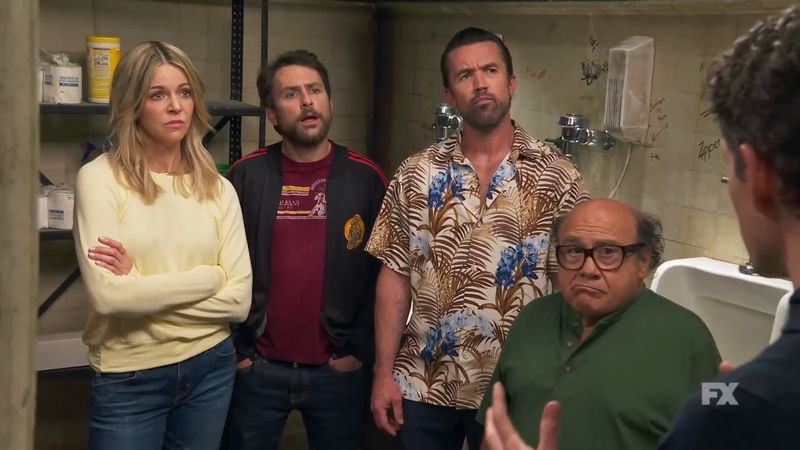
Major networks passed on this dark comedy due to its ultra-low budget and offensive humor. The show was literally filmed on a camcorder for less than two hundred dollars per episode initially. Networks couldn’t see past the crude production values to the brilliant comedy beneath.
FX took a chance on this scrappy underdog show in 2005. The network gave the creators a small budget to improve production quality. The show’s willingness to make its characters completely terrible people felt refreshingly honest and hilarious.
It’s Always Sunny became the longest-running live-action comedy in TV history. The show has aired sixteen seasons and shows no signs of stopping. Its success proved that you don’t need likable characters to create beloved television.
South Park
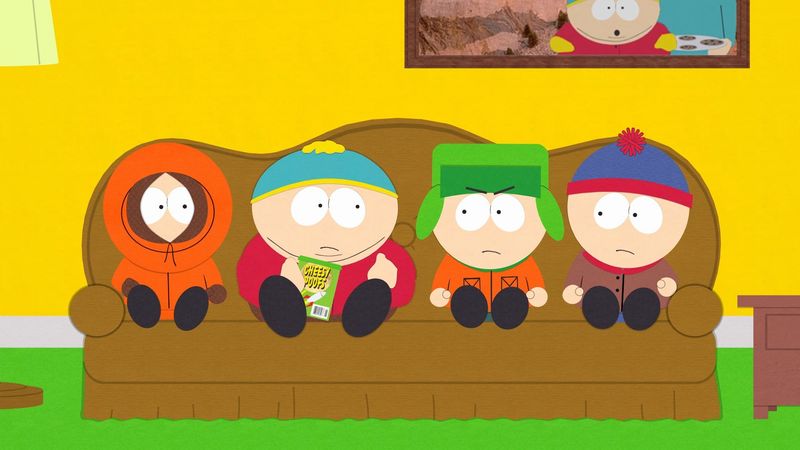
FOX and other networks rejected this animated show for being too crude and controversial. The paper cutout animation style looked cheap, and the humor pushed boundaries too far. Executives couldn’t imagine advertisers wanting to be associated with such offensive content.
Comedy Central embraced the show’s subversive spirit and took the risk. South Park premiered in 1997 and immediately sparked controversy and massive viewership. Its willingness to tackle any subject, no matter how taboo, made it essential viewing.
The show has now aired for over twenty-five seasons and remains culturally relevant. Trey Parker and Matt Stone continue creating episodes that comment on current events. South Park changed what animated shows could say and do on television.
The Sopranos
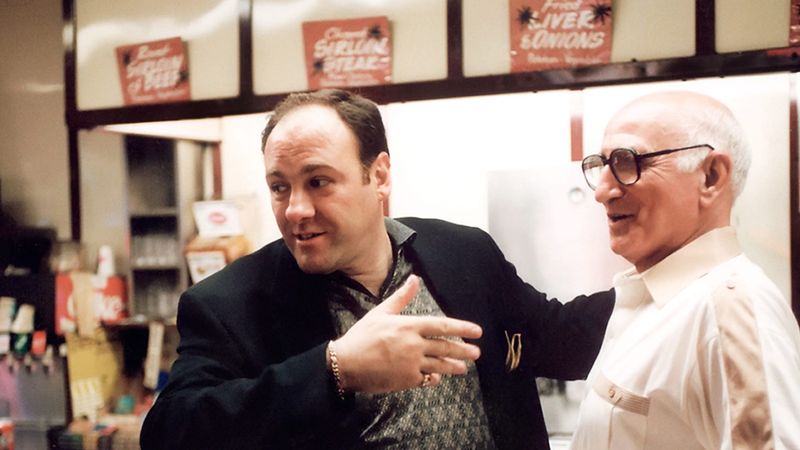
Several networks rejected this groundbreaking mob drama before HBO. Traditional broadcasters couldn’t imagine a show where the protagonist was a murderous criminal. They worried that audiences wouldn’t root for such a morally compromised main character.
HBO saw the potential in David Chase’s vision of a mobster in therapy. The premium cable network gave Chase creative freedom to craft something truly original. The Sopranos premiered in 1999 and revolutionized television forever.
The show ran for six seasons and won twenty-one Emmy Awards. It proved that television could be as sophisticated and complex as cinema. The Sopranos essentially created the golden age of television we’re still enjoying today.
Community
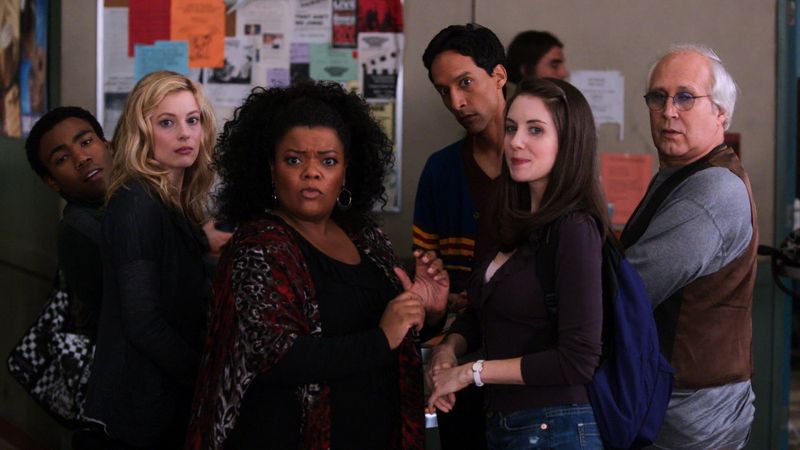
NBC almost didn’t pick up this meta-comedy about community college students. The show’s pop culture references and experimental episodes seemed too niche for broad appeal. Executives questioned whether audiences would appreciate such self-aware, unconventional humor.
The network gave it a chance, and Community developed a passionate cult following. Creator Dan Harmon crafted episodes that parodied everything from zombie movies to claymation specials. The show’s willingness to experiment made each episode unpredictable and exciting.
Despite constant cancellation threats, Community ran for six seasons across multiple networks. The devoted fanbase kept fighting for its survival through social media campaigns. The show proved that passionate fans matter more than huge ratings sometimes.

Comments
Loading…